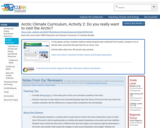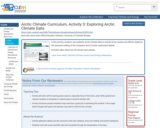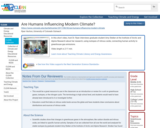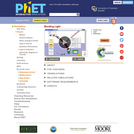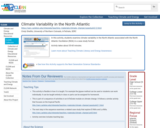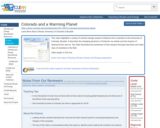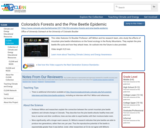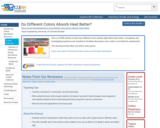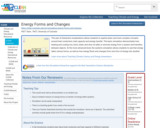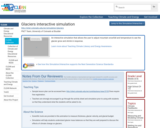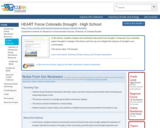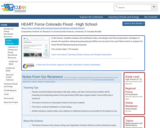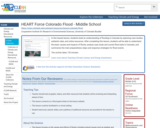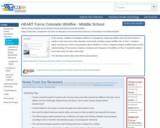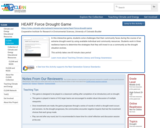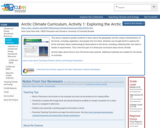
This lesson sequence guides students to learn about the geography and the unique characteristics of the Arctic, including vegetation, and people who live there. Students use Google Earth to explore the Arctic and learn about meteorological observations in the Arctic, including collecting their own data in hands-on experiments. This is the first part of a three-part curriculum about Arctic climate.
- Subject:
- Applied Science
- Career and Technical Education
- Environmental Science
- Environmental Studies
- Physical Science
- Material Type:
- Activity/Lab
- Provider:
- CLEAN: Climate Literacy and Energy Awareness Network
- Provider Set:
- CLEAN: Climate Literacy and Energy Awareness Network
- Author:
- Anne Gold
- CIRES Education and Outreach; University of Colorado Boulder
- Karin Kirk
- Date Added:
- 09/24/2018
